■ What is the weather on May 6th?
According to Weathernews' special site "Aquarius Eta Meteor Shower 2016", there are many clouds nationwide due to the influence of low pressure and fronts at midnight on May 6, and the conditions will be severe for observation.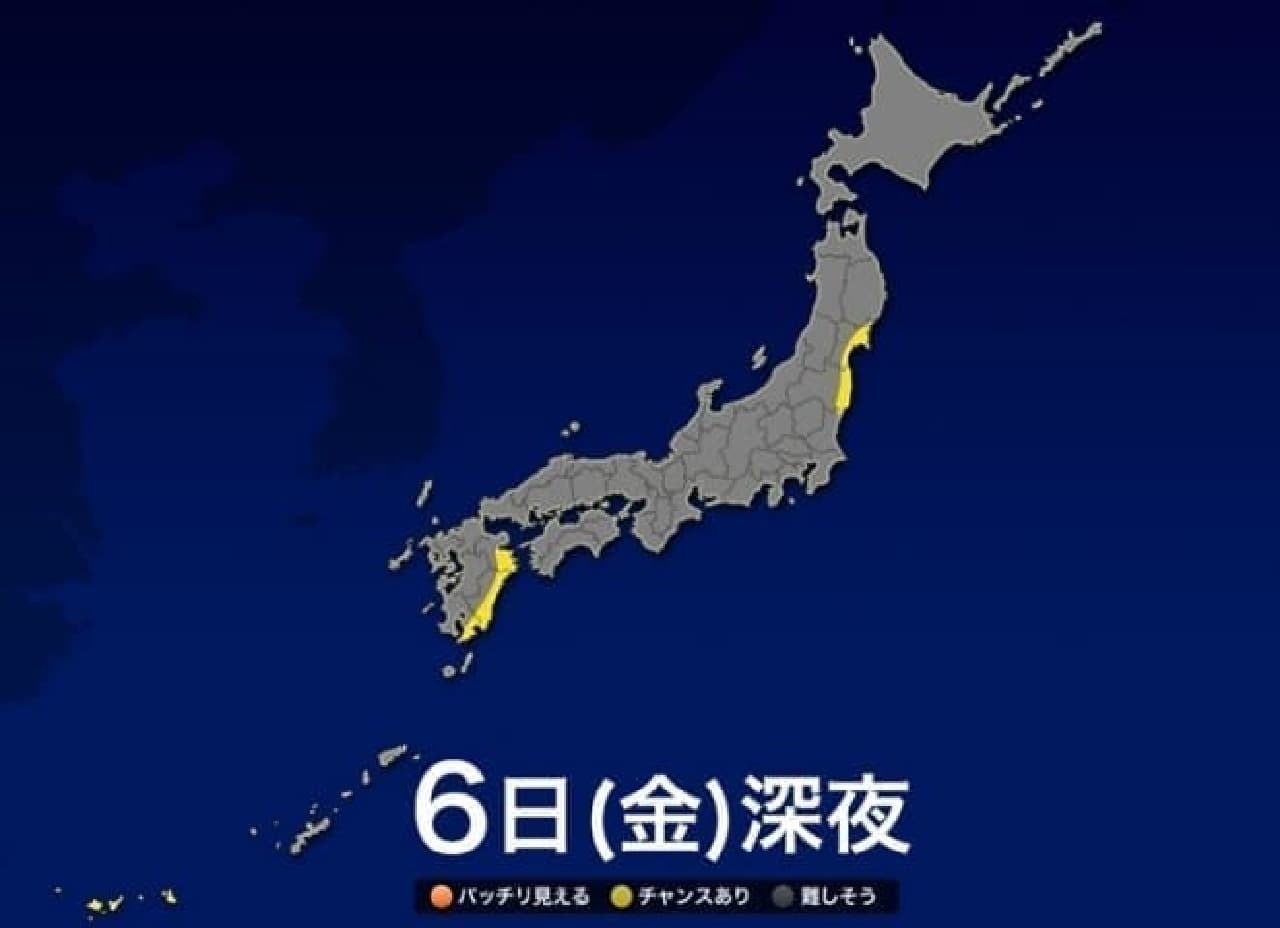
However, in Oita-Miyazaki-a part of Kagoshima, Miyagi-Fukushima coastal area, and Okinawa's Maejima Islands, there are opportunities for observation through the gaps in the clouds.
For the latest weather, see the company's special site for PCs "Aquarius Eta Meteor Shower 2016", the smartphone site " Let's enjoy the Aquarius Eta Meteor Shower !! ", and the smartphone app "Weather News Touch" "Starry Sky". Please check with "Ch.".
■ What is the Aquarius Eta meteor shower?
The parent body of the "Aquarius Eta Meteor Shower" is "Halley's Comet", and about 50 meteors appear per hour in the Southern Hemisphere. It is characterized by its fast flowing speed and many pale meteors. In Japan in the Northern Hemisphere, the radiant point rises late at 25:00 on the 6th and the altitude is low. However, since the influence of the moonlight is small this year, it was thought that observations could be enjoyed in Japan as long as the weather was good.The radiant point is right next to the "Mitsuya mark" in Aquarius, which can be seen in the eastern sky. You can observe how the light extends upward from there. The best time to see in Japan is around 1 am.
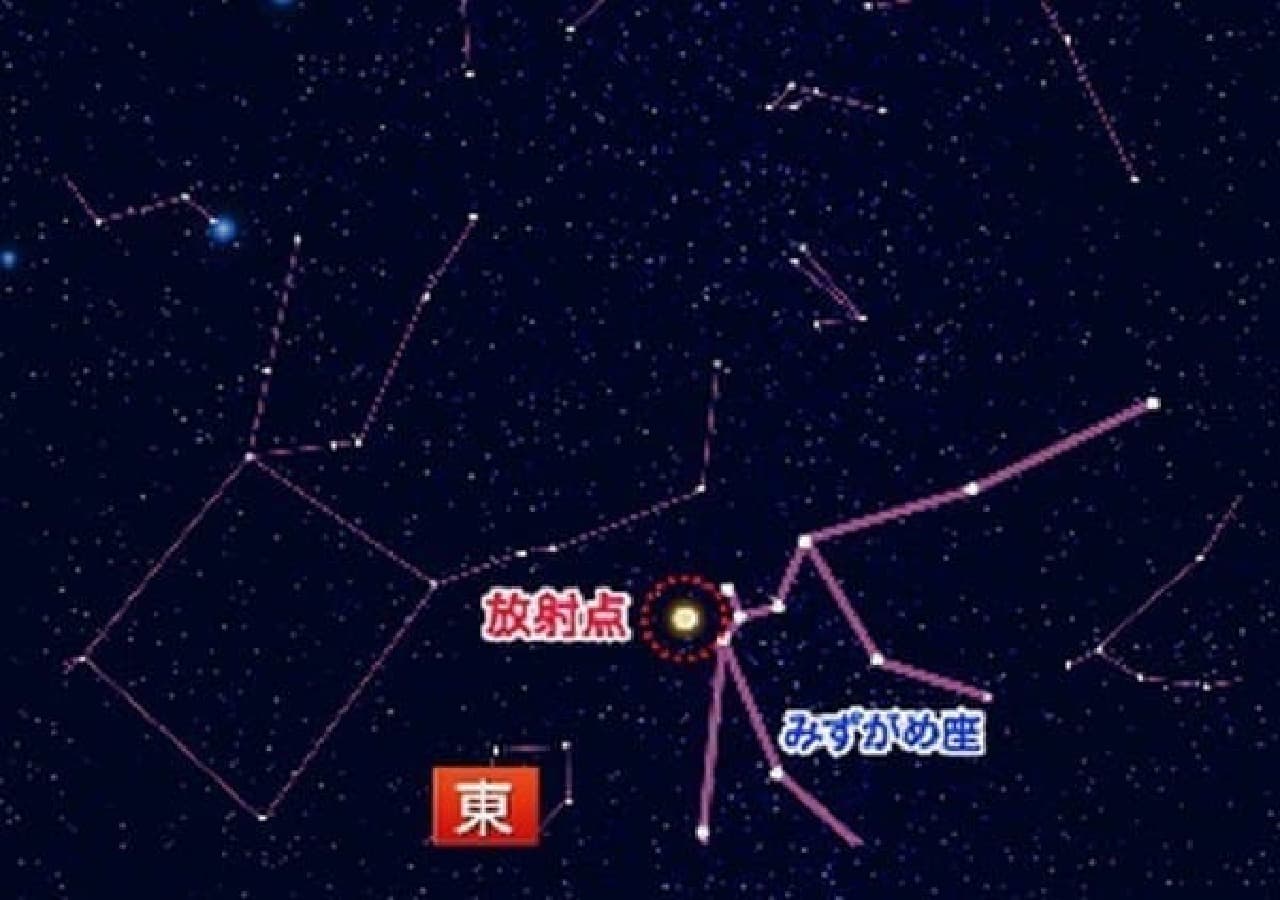
■ Live broadcast on "SOLiVE24"
The 24-hour live broadcast program "SOLiVE24" operated by the company broadcasts a special program from 23:00 on May 6 to 4:00 on 7th. Live broadcasts of meteors from New Zealand's "Dekapo", which is said to have the most beautiful starry sky in the world, and two locations in Japan.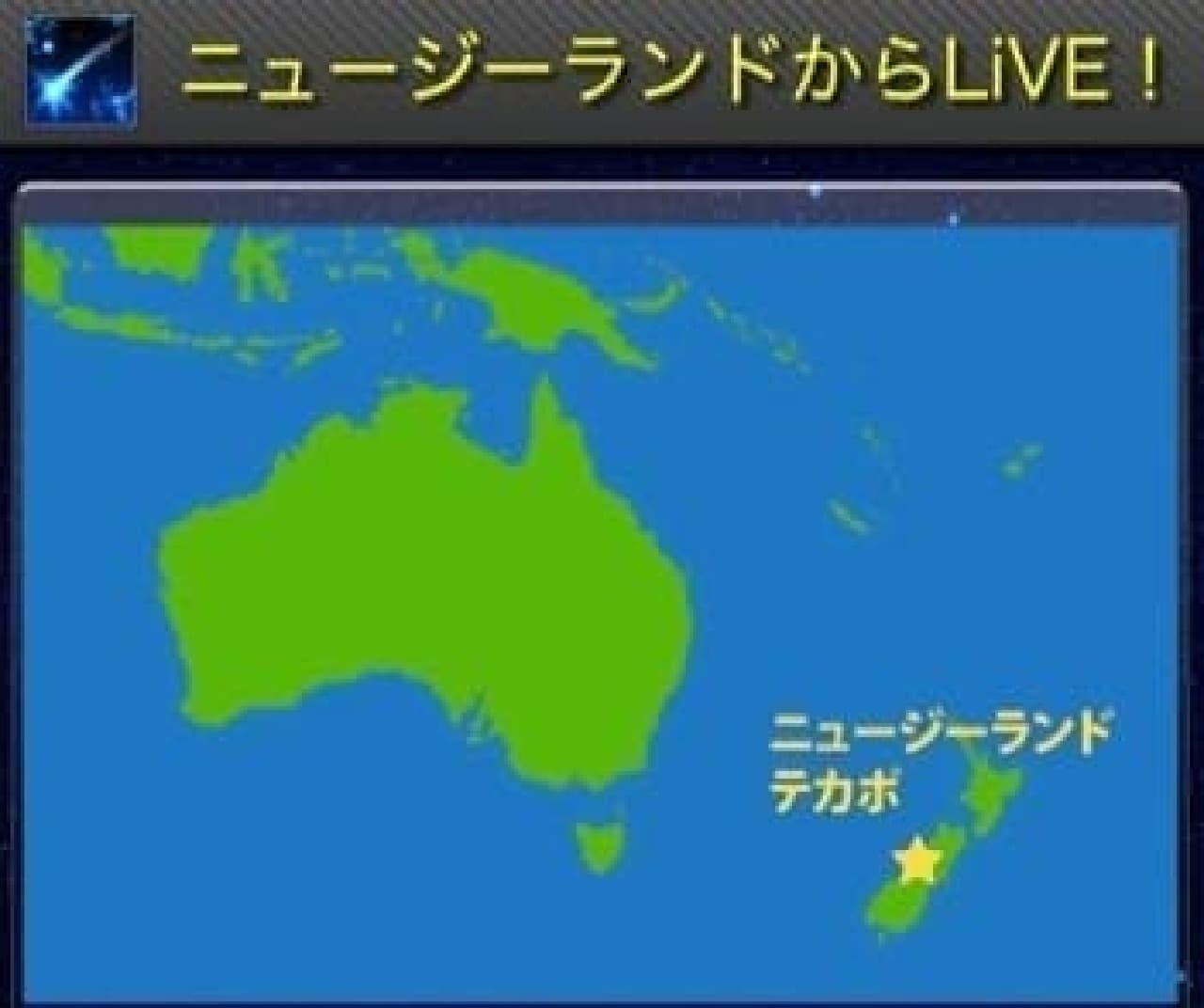
The program includes the company's special site for PC "Aquarius Eta Meteor Shower 2016" and the smartphone app "Weathernews Touch" "Aquarius Eta Meteor Shower LiVE", as well as TV (BS 910ch), YouTube "weathernews", and Nico Nico. You can watch it live.
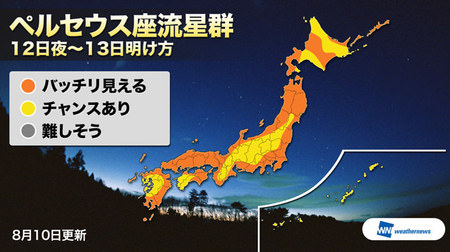
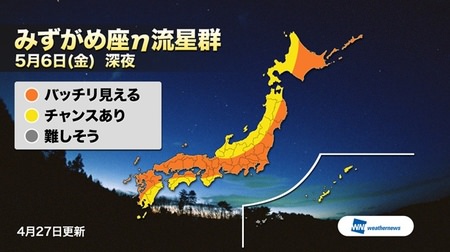
![[The day after tomorrow] "April Lyrids meteor shower", April 22 observation peak ... What is the weather forecast for Weathernews?](https://image.enuchi.jp/upload/articles/3661/fb64445c9fddc0b9f79441011d381a78_special.jpg)
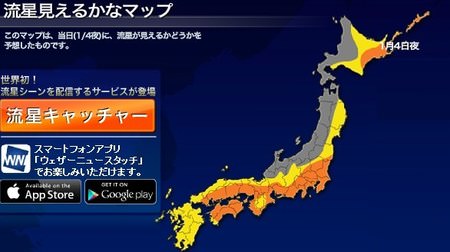

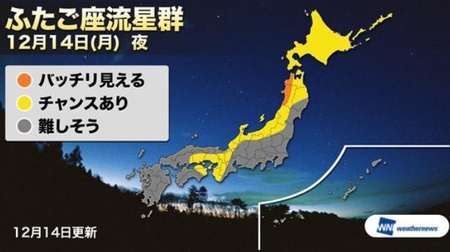
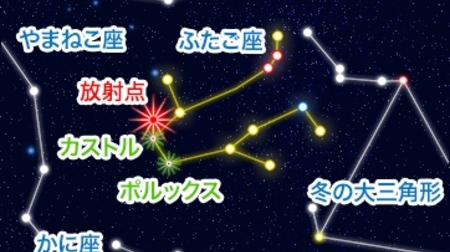
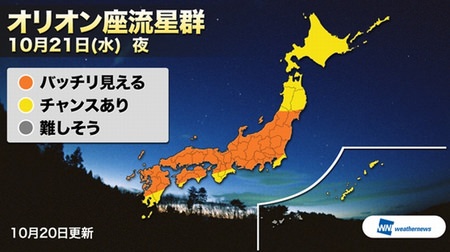


![LUSH releases new album "Collaboration Shimasu 3" on April 21 with rhyming ensemble [Monyu Sode] and a variety of guests, featuring a rich variety of songs by a wide range of artists.](https://image.enuchi.jp/upload/articles/14221/7028dd2a3fa9a2bec15a85fbf3924b56_special.jpg)






